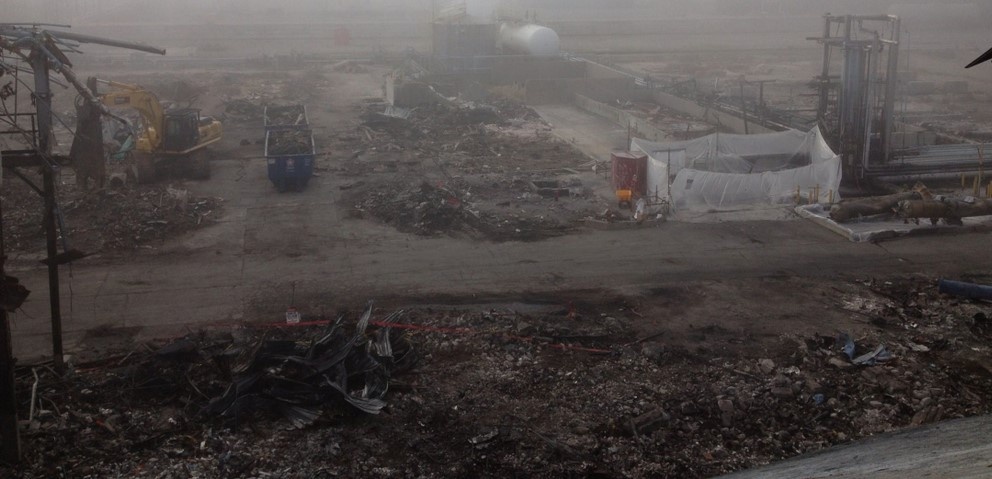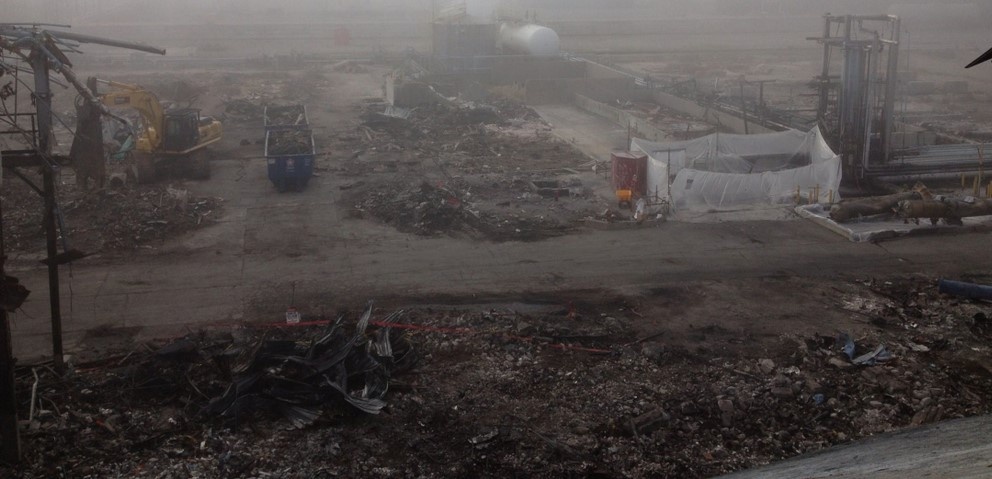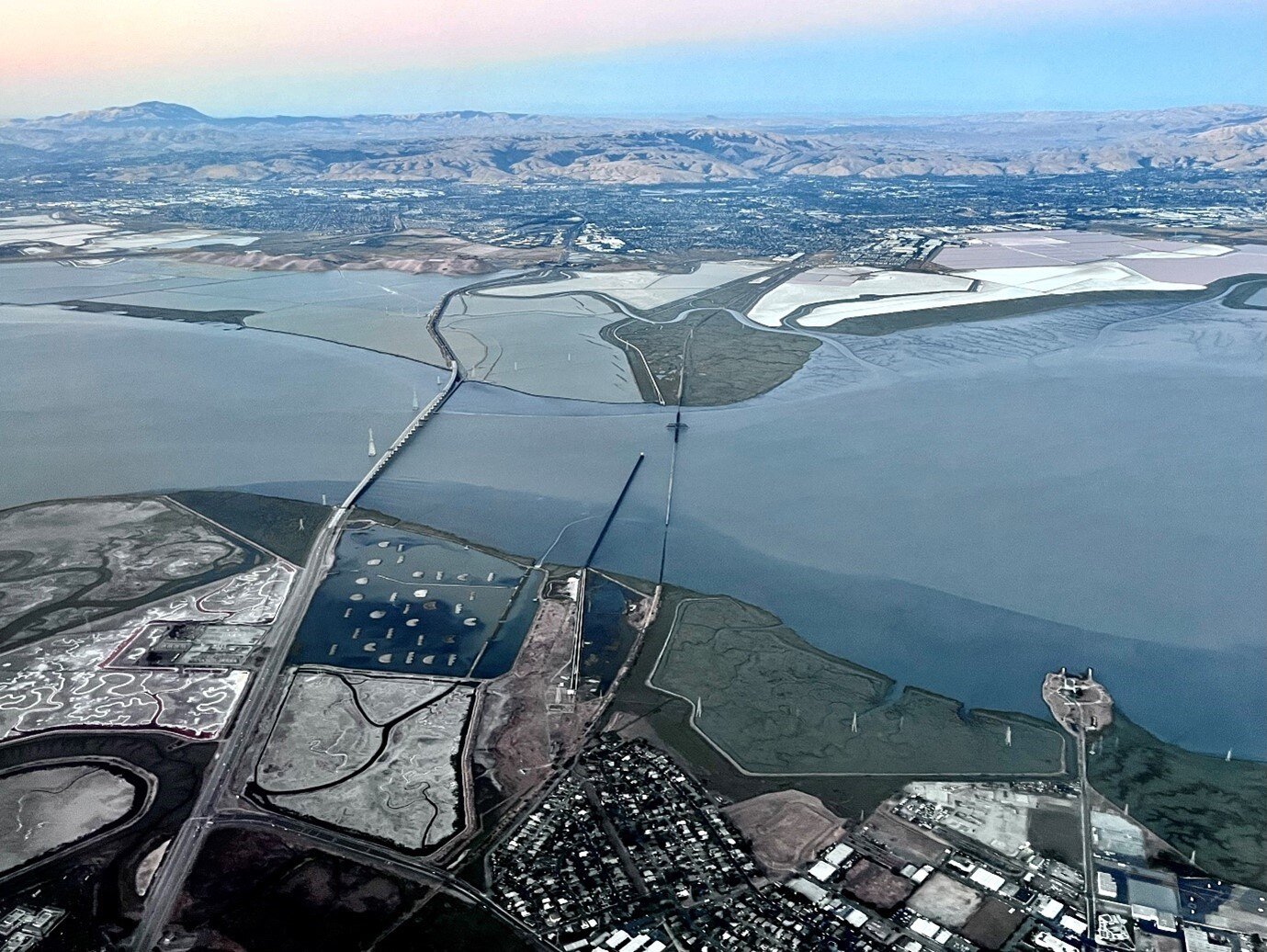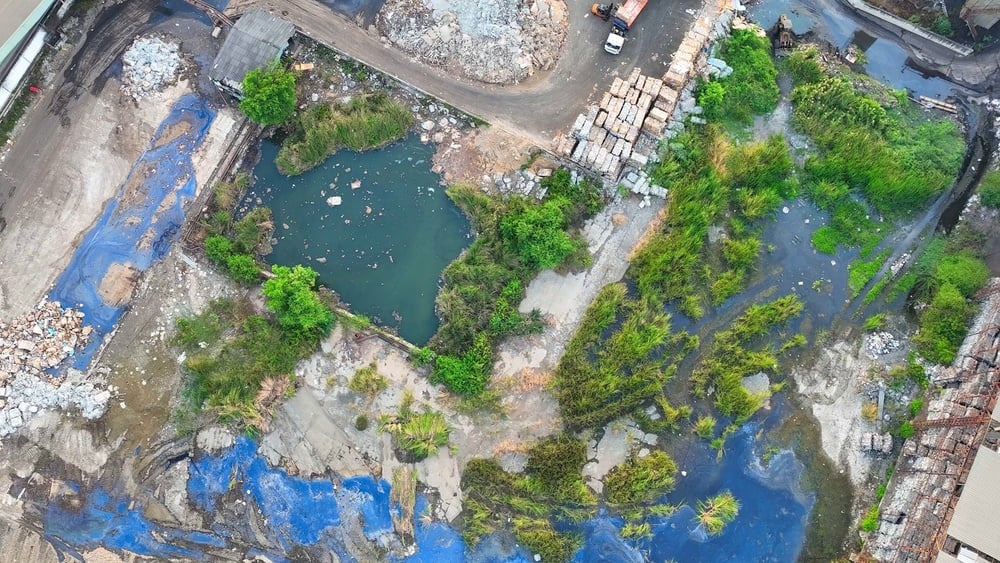EPA’s Office of Site Remediation Enforcement recently published a policy memo on Advanced Monitoring Technologies for closed contaminated properties that will have a big influence on the closure and long-term stewardship of facilities under the Resource Conservation and Recovery Act (RCRA) and the Comprehensive Environmental Response, Compensation and Liability Act (CERCLA, a.k.a. “Superfund”). [1]
With this memo, EPA appears formally to have “blessed” a set of advanced computer-based monitoring technologies that can be used to help guarantee that, once a RCRA or CERCLA site is declared “closed,” it will stay closed and not present a risk to human health and the environment in the future. This is important because EPA for many years has allowed a risk-based closure determination,[2] which essentially means leaving some acceptable levels of contamination in place, but with long-term monitoring and stewardship requirements that last indefinitely. These include the use of institutional controls (legal agreements restricting use of contaminated areas [ICs)) and engineering controls (physical barriers [ECs)), all of which can only work if future owners and occupants know of them and comply with or maintain them.
 Although ICs and ECs can be recorded in the chain of title, thereby solving the “knowledge” component, the risk has long been acknowledged that this is no guarantee that the future users of a site will actually comply with these requirements. This could lead to future exposures to the contamination that was presumably left safely in place, defeating EPA’s long-stated goal to seek permanent remedies. And, verifying that the restrictions were not breached typically required regular physical inspections, a cost and inconvenience that has been burdensome and sometimes impractical. Bottom line: ICs and ECs have been a great boon to getting sites closed and ready for productive reuse in theory, but in practice the long-term stewardship requirements can be difficult to enforce. This dilemma has been a background concern of EPA, state regulators and the regulated community for years.
Although ICs and ECs can be recorded in the chain of title, thereby solving the “knowledge” component, the risk has long been acknowledged that this is no guarantee that the future users of a site will actually comply with these requirements. This could lead to future exposures to the contamination that was presumably left safely in place, defeating EPA’s long-stated goal to seek permanent remedies. And, verifying that the restrictions were not breached typically required regular physical inspections, a cost and inconvenience that has been burdensome and sometimes impractical. Bottom line: ICs and ECs have been a great boon to getting sites closed and ready for productive reuse in theory, but in practice the long-term stewardship requirements can be difficult to enforce. This dilemma has been a background concern of EPA, state regulators and the regulated community for years.
Come back next week for Part 2, which will cover the tools discussed in EPA’s memo that may help resolve the long-term stewardship dilemma.
[1] Advanced Monitoring Technologies and Approaches to Support Long-Term Stewardship (Memo dated July 20, 2018, from Director of EPA Office of Site Remediation Enforcement to the EPA Regional Superfund Program Managers, RCRA Directors and Regional Counsels). https://www.epa.gov/sites/production/files/2018-07/documents/adv-mon-lts-mem-final-2018.pdf
[2] Under RCRA, e.g., this includes leaving in place at least some contamination that is not categorized as a hazardous waste requiring removal and off-site disposal.




